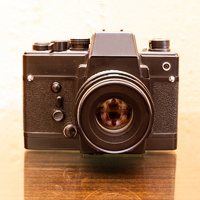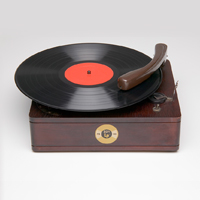
Ready to communicate like it’s 1956? Urban Outfitters is selling manual typewriters and record players for people who crave the analog experience. And in the workplace, employees saturated with electronic messages yearn for communication that’s simple and no-tech.
That’s why you should consider these three retro approaches:
 |
Emails, intranet and digital screens are convenient, but create a jumble of content. But print—once common, but now neglected—gets employees’ attention. Apply it: Add a print piece, such as a postcard, to your next benefits campaign. Or desk-drop print invitations for a company-wide meeting. Next wave: Take it a step further and reinvent the boring flip calendar—design a three-dimensional pop-up calendar! |
 |
You may think that Millennials—who will make up the majority of the workplace—prefer new channels like Instagram. But 80% of Millennials actually prefer face-to-face communication over phone calls, email and texting. (Other generations do, too.) Apply it: When communicating big change, bring employees together so they can hear leaders talk about the issue and have the opportunity to ask questions. Ask yourself, “Should this be emailed or does it require a face-to-face experience?” Next wave: Use technology like text polling to encourage everyone to participate. |
 |
The holidays are over, but the power of workplace communication still remains. Electronic displays are all the rage, but simple posters and bulletin boards are still simple, short and informative. Apply it: Position your workplace communication in high-traffic areas where employees are more likely to stop and scan, such as in the cafeteria or near an elevator. Next wave: Adopt eye-catching techniques used by retail stores: post catchy messages on the floor, in elevators and everywhere employees look. |






